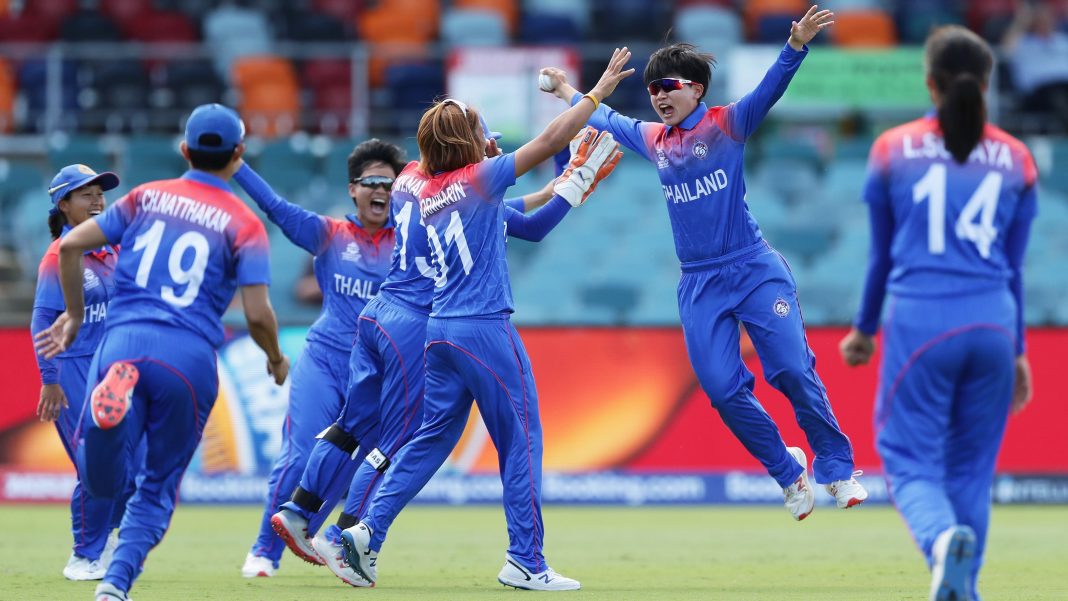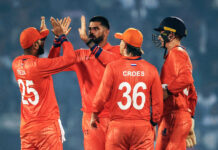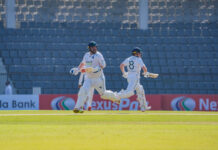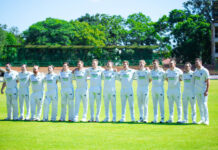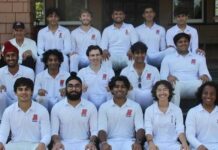2020 should have been the year of Twenty20, with the Women’s World Cup in the shortest format in February and March balanced by the men’s equivalent in October and November.
But while the women’s event took place, even as the first signs were showing of what was to come, and the tournament was lit up by the achievements of a Thai team who astonished many with their talent and skill, the men’s version became just one of many which fell victim to a global pandemic which proved to be the worst in living memory.
As the year approaches its end the cancellations and postponements just keep on coming, and the disruption to the ICC’s World Cup pathways seem set to continue for some time yet.
While it has already been announced that the inaugural World Test Championship standings will now be based on points average, accepting the fact that some cancelled series will not be played, the ICC has now released new schedules for the League 2 and Challenge Leagues, aiming to include the seven series in the former and two tournaments in the latter which have so far been postponed because of Covid-19.
As in many other fields, the pandemic has tended to point up the inequalities in international cricket: the more affluent Full Members, driven by lucrative TV contracts, can afford the additional cost of ‘bubbles’ for players and officials, but such measures are far beyond the reach of even the (relatively) better-off Associates.
On balance, it’s remarkable that as much cricket has been played in the emerging nations as has been the case.
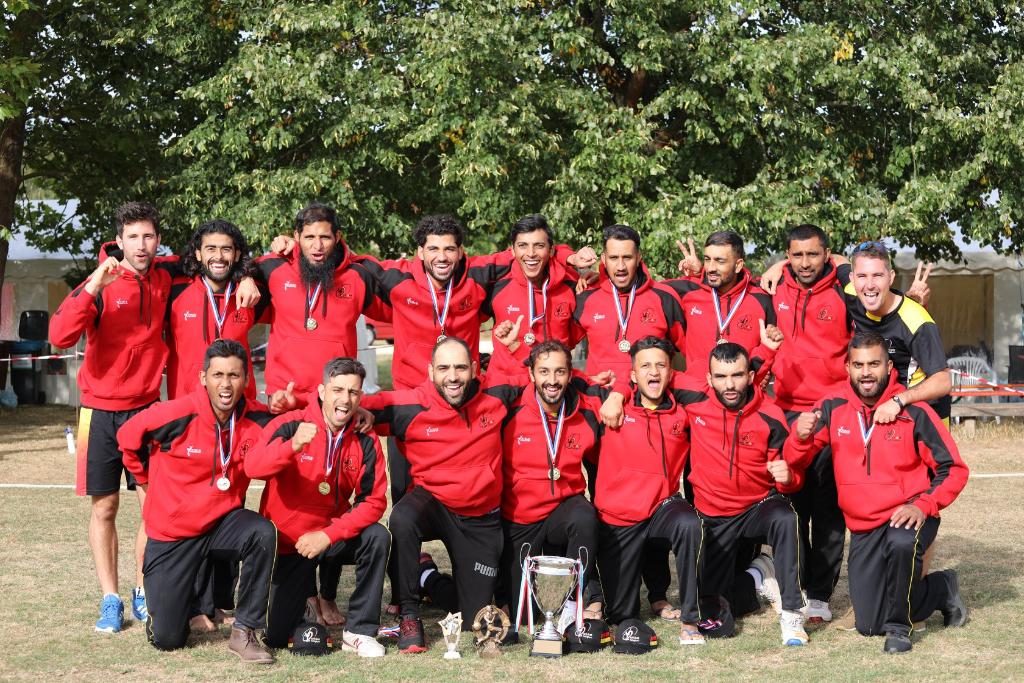
Most European countries were able to run some form of domestic competition in the latter part of their season, and there was even some international cricket, notably the T20I tri-series hosted by Luxembourg, which featured Belgium and the Czech Republic, and a women’s T20I series between Germany and debutants Austria.
The year even saw the launch of two significant initiatives, Minor League Cricket in the United States and the European Cricket Series from the ECN (European Cricket Network).
A forerunner for the projected, six-franchise Major League Cricket, Minor League Cricket will run in four divisions in 2021, but managed to put on more than fifty exhibition matches this year.

But these numbers were dwarfed by the achievement of ECN, which ran live-streamed tournaments from Cyprus and the Czech Republic to Spain throughout the summer and autumn, before moving behind a paywall towards the end of the year.
While one might legitimately wonder how much appetite there is for T10 and even T20 tournaments featuring club sides of recreational cricketers, especially once international and major franchise competitions are once again on the menu, ECN filled an important gap in a pandemic-starved market, and provided some much-needed entertainment.
Whether the emergence of T10 will prove to be beneficial for the development of the game is another question.
Rather than being the year of Twenty20, 2020 threatened to become the year of Ten10, with pioneering tournaments in Vanuatu, the Czech Republic and Malaysia, and Singapore announcing a mixed professional T10 league as the year came to a close.
This is not the place to debate cricket’s accelerating fondness for ever-shorter formats and obsession with ever-longer ‘maximums’, but we are perhaps permitted to ask how much further the balance between bat and ball, surely the game’s most distinctive and absorbing feature, can be pushed in favour of the bat.
The other obvious tension, which also threatens to capsize cricket’s frail and poorly-skippered craft, is between traditional international competition and the new-style franchise leagues, of which the IPL and Cricket Australia’s Big Bash are the leading examples.
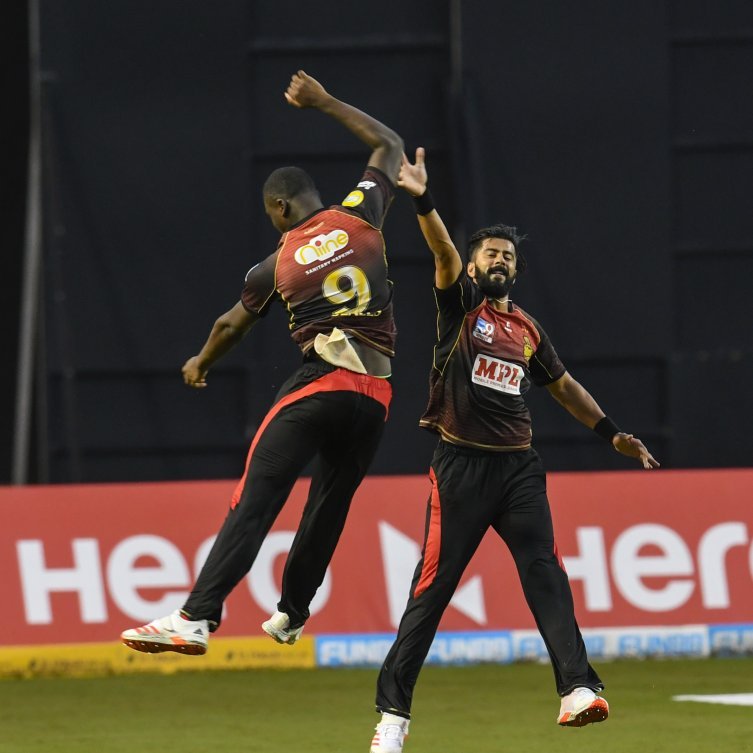
In a crowded international calendar the traditional formats are increasingly squeezed, with leading players – ‘marquee players’ in the appalling jargon of the marketeers – able to command awesome pay packets for a few weeks’ work.
A few players from the emerging world have managed to break into this Brave New World, notably Nepal’s Sandeep Lamichchane, who will be appearing for the Hobart Hurricanes in the BBL this season, Canada’s Ravinderpal Singh (Colombo Kings in the Lanka Premier League), Ali Khan of the USA and others in the Caribbean Premier League, and Thailand’s Natthakan Chantham for the Trailblazers in the new Women’s IPL.
Scottish sisters Kathryn and Sarah Bryce and Sterre Kalis of the Netherlands also had a notable impact in the ECB’s Rachel Heyhoe Flint Trophy.
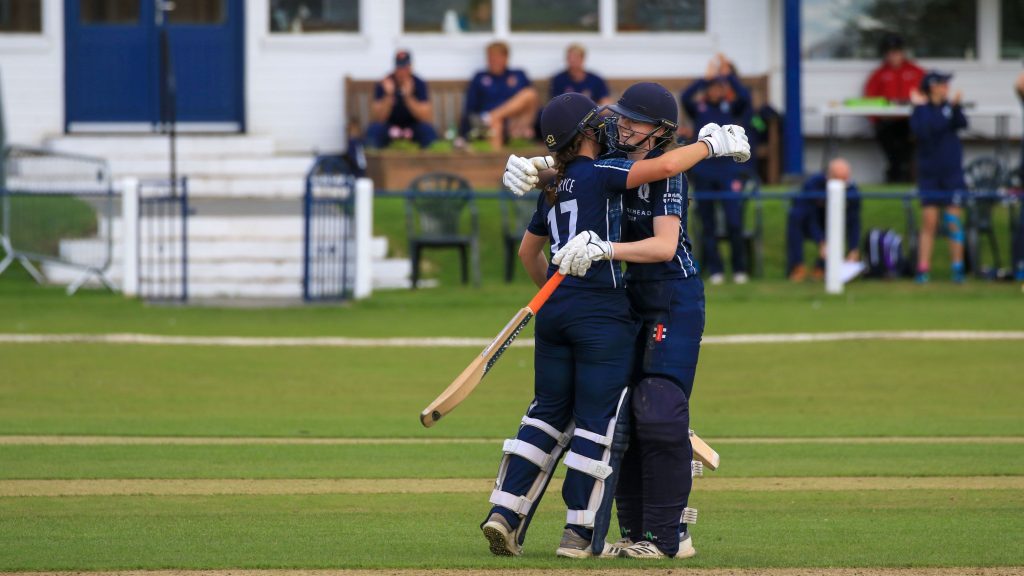
Generally speaking, however, it’s fair to say that players from the Associate nations are under-valued by the major franchises, and Chantham’s experience in the Women’s IPL shows that making a squad does not necessarily guarantee that you will be given the opportunities your talents deserve.
Off the field and in the corridors of power, the sudden departure of ICC chairman Shashank Manohar in May saw the global governing body temporarily in the hands of an Associate representative, Imran Khwaja of Singapore, although his attempt to get the job more permanently was headed off by the BCCI and its allies and it was Greg Barclay of New Zealand who stepped into the chair.
A further election in December, for the three Associates members on the ICC Board, resulted in the re-election of Khwaja and Malaysia’s Mahinda Vallipuram, but Tony Brian of Scotland lost out to Bermuda’s Neil Speight, who had a previous spell on the Board and who was CEO of Cricket Bermuda until 2018.
Barclay has made some encouraging noises since his election, but the structural problems facing cricket are enormous, and it remains to be seen whether he will be willing or able to take on the appalling imbalances in funding which afflict the game.
As the year ends, however, it is health issues which dominate the headlines: record-breaking spikes in Covid-19 infections in many parts of the world demonstrate that it may be some time before cricket, like other sports, is truly through the worst, although the advent of vaccines suggests that 2021 may see a gradually-improving picture.
You’re reading Emerging Cricket — brought to you by a passionate group of volunteers with a vision for cricket to be a truly global sport, and a mission to inspire passion to grow the game.
Be sure to check out our homepage for all the latest news, please subscribe for regular updates, and follow EC on Twitter, Facebook, LinkedIn and YouTube.
Don’t know where to start? Check out our features list, country profiles, and subscribe to our podcast.
Support us from US$2 a month — and get exclusive benefits, by becoming an EC Patron.

